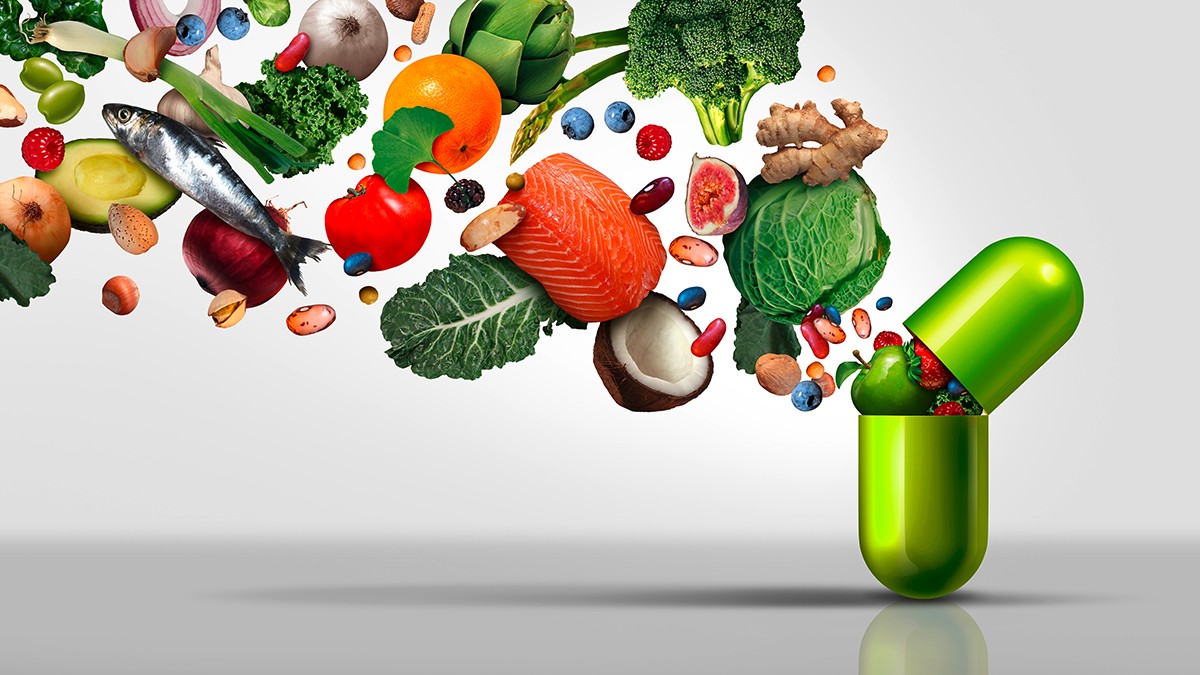Price Fluctuations and Supply Chain Challenges
The global cocoa powder market is projected to surpass USD 9 billion by 2029, up from USD 7.60 billion in 2023, growing at a 3.64% CAGR.

In today's rapidly changing environment, where consumers are increasingly aware of their health and well-being, the Functional Food Market has risen as a significant influence transforming eating habits. Functional foods those that provide health advantages beyond basic nutrition have transitioned from a niche category to becoming a fundamental part of contemporary diets. From probiotics that enhance gut health to superfoods rich in antioxidants and snacks enriched with omega-3s, these items are intended to support immunity, digestion, cardiovascular health, and even mental wellness. The increase in lifestyle-related diseases, higher healthcare expenses, and a worldwide movement towards preventive healthcare has greatly accelerated this phenomenon. Central to this trend is an expanding demand for natural, clean-label, and fortified food options that encourage long-term wellness. This blog examines how the functional food market is changing, the innovations propelling it forward, and why it is rapidly becoming an essential area of focus for both consumers and industry stakeholders.
The functional food market has experienced a remarkable increase in recent years, fueled by greater consumer awareness regarding health, wellness, and disease prevention. As individuals increasingly look for foods that do more than merely quell hunger, functional foods enhanced with vitamins, minerals, probiotics, prebiotics, antioxidants, and other bioactive substances are becoming vital to daily nutrition. After the pandemic, consumers have demonstrated a strong inclination for foods that promote gut health, immunity, and mental wellness, leading to a surge in demand for products such as kombucha, kefir, functional teas, and mood-enhancing superfoods. Millennials and Gen Z consumers are particularly driving this trend. These demographics emphasize preventive health and are significantly swayed by product transparency, clean labels, and sustainability. Consequently, manufacturers are adapting by reformulating current products and launching new ones that resonate with these principles. Furthermore, technological advancements in food science and nutrigenomics are empowering companies to develop targeted functional foods designed for specific health requirements. The trend illustrates a notable transition toward proactive wellness, where consumers don’t merely eat to survive, they eat to flourish. This demand continues to transform how food is developed, marketed, and consumed on a global scale.
The growth of the functional food market is changing the global food sector, pushing it past traditional limits to integrate nutrition, science, and consumer lifestyles. For manufacturers, this trend has ignited creativity in product creation, resulting in the launch of fortified, plant-based, and tailored nutrition options. Companies are heavily investing in RandD, clean label formulations, and sustainable sourcing to satisfy increasing consumer demands. It has also encouraged collaborations between food enterprises and biotech companies to investigate advanced ingredients such as adaptogens, nootropics, and microbiome-supporting compounds. For retailers, this trend is altering shelf strategies and promotional approaches. Functional food items are now given prime positioning in stores and online spaces, frequently emphasized in health-related sections. Retailers are also adjusting by providing comprehensive product details and educational resources to assist consumers in making knowledgeable choices. Consumers, empowered through digital access to health information, are insisting on food that not only fulfills hunger but also supports long-term wellness objectives. This transition has turned food into a critical aspect of preventive healthcare, especially among health-aware groups like millennials, Gen Z, and older populations seeking natural remedies for chronic health problems. Nonetheless, the trend also comes with obstacles. The high cost of functional ingredients, regulatory challenges, and the requirement for scientific validation of health claims can restrict market entry and consumer confidence. Nevertheless, the advantages from enhanced public health to increased brand loyalty outweigh the difficulties. As the sector progresses, functional foods are emerging as a fundamental element of innovation, redefining our understanding of nutrition, wellness, and everyday consumption.
Among the different types of products found in the functional food market, probiotic and prebiotic-enriched foods emerge as the top category, propelled by heightened awareness of gut health and its direct link to overall wellness. Items such as yogurts, fermented milk, kombucha, kefir, and even snack bars infused with beneficial gut bacteria have seen tremendous popularity. The gut microbiome is being increasingly acknowledged as an essential factor in not only digestion but also immunity, mental well-being, and the prevention of chronic diseases, making probiotics and prebiotics highly desirable ingredients. The primary drivers of this increase include the rising frequency of gastrointestinal problems, a growing preference for natural and preventive healthcare, and heightened health awareness following the pandemic. Consumers are now better informed and taking initiative, looking for food products that promote not only nutrition but also comprehensive health. Furthermore, the emergence of clean-label trends has stimulated the demand for functional foods with clear, natural ingredients something that probiotic-rich foods inherently support. Opportunities in this area are abundant. Brands have the chance to engage with the expanding vegan and dairy-free markets by providing plant-based probiotic alternatives, such as coconut milk yogurts or fermented soy drinks. There is also room in personalized nutrition, where gut health assessments can guide individuals toward the most effective probiotic combinations for their microbiome. Additionally, the growth of e-commerce and direct-to-consumer platforms facilitates targeted marketing and education regarding the advantages of probiotics. Probiotic-enriched functional foods not only lead the market but also signify a potent intersection of consumer demand, scientific support, and future innovation possibilities.
Among the different types of products found in the functional food market, probiotic and prebiotic-enriched foods emerge as the top category, propelled by heightened awareness of gut health and its direct link to overall wellness. Items such as yogurts, fermented milk, kombucha, kefir, and even snack bars infused with beneficial gut bacteria have seen tremendous popularity. The gut microbiome is being increasingly acknowledged as an essential factor in not only digestion but also immunity, mental well-being, and the prevention of chronic diseases, making probiotics and prebiotics highly desirable ingredients. The primary drivers of this increase include the rising frequency of gastrointestinal problems, a growing preference for natural and preventive healthcare, and heightened health awareness following the pandemic. Consumers are now better informed and taking initiative, looking for food products that promote not only nutrition but also comprehensive health. Furthermore, the emergence of clean-label trends has stimulated the demand for functional foods with clear, natural ingredients something that probiotic-rich foods inherently support. Opportunities in this area are abundant. Brands have the chance to engage with the expanding vegan and dairy-free markets by providing plant-based probiotic alternatives, such as coconut milk yogurts or fermented soy drinks. There is also room in personalized nutrition, where gut health assessments can guide individuals toward the most effective probiotic combinations for their microbiome. Additionally, the growth of e-commerce and direct-to-consumer platforms facilitates targeted marketing and education regarding the advantages of probiotics. Probiotic-enriched functional foods not only lead the market but also signify a potent intersection of consumer demand, scientific support, and future innovation possibilities.
See how you can up your career status

The global cocoa powder market is projected to surpass USD 9 billion by 2029, up from USD 7.60 billion in 2023, growing at a 3.64% CAGR.

The global rice market is projected to reach USD 367.69 billion by 2030, up from USD 308.87 billion in 2024, growing at a CAGR of 3.01%.

Global Pet Food Processing Market to surpass USD 8.12 billion by 2030.

The global coconut beverages market, worth USD 7.25B in 2023, will surpass USD 14.81B by 2029 (12.91% CAGR), driven by health-conscious consumer preferences.
 We are friendly and approachable, give us a call.
We are friendly and approachable, give us a call.